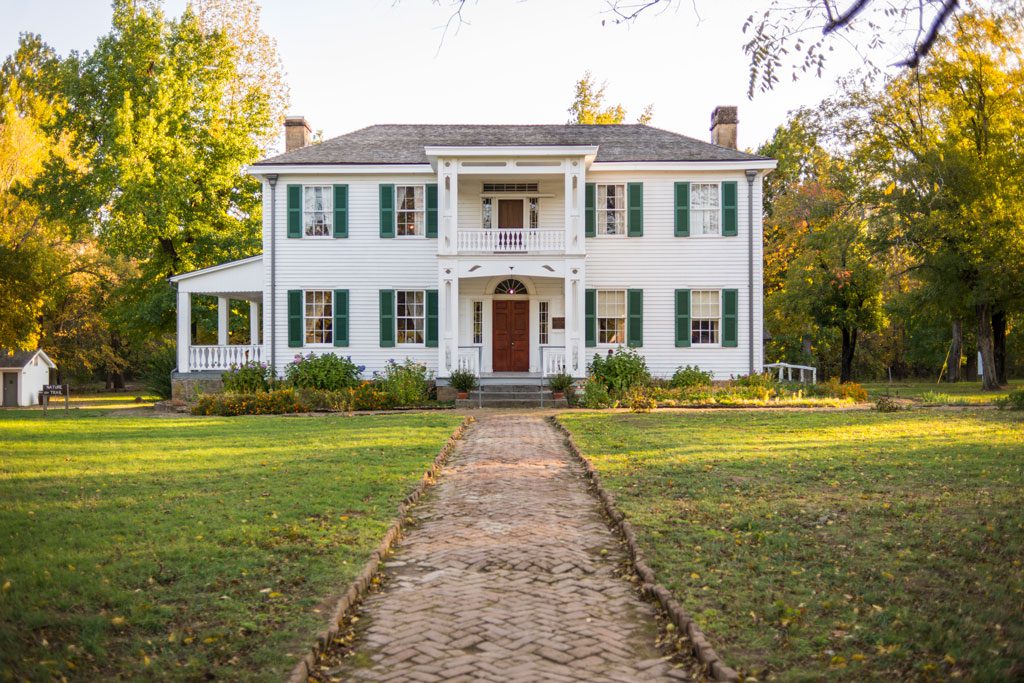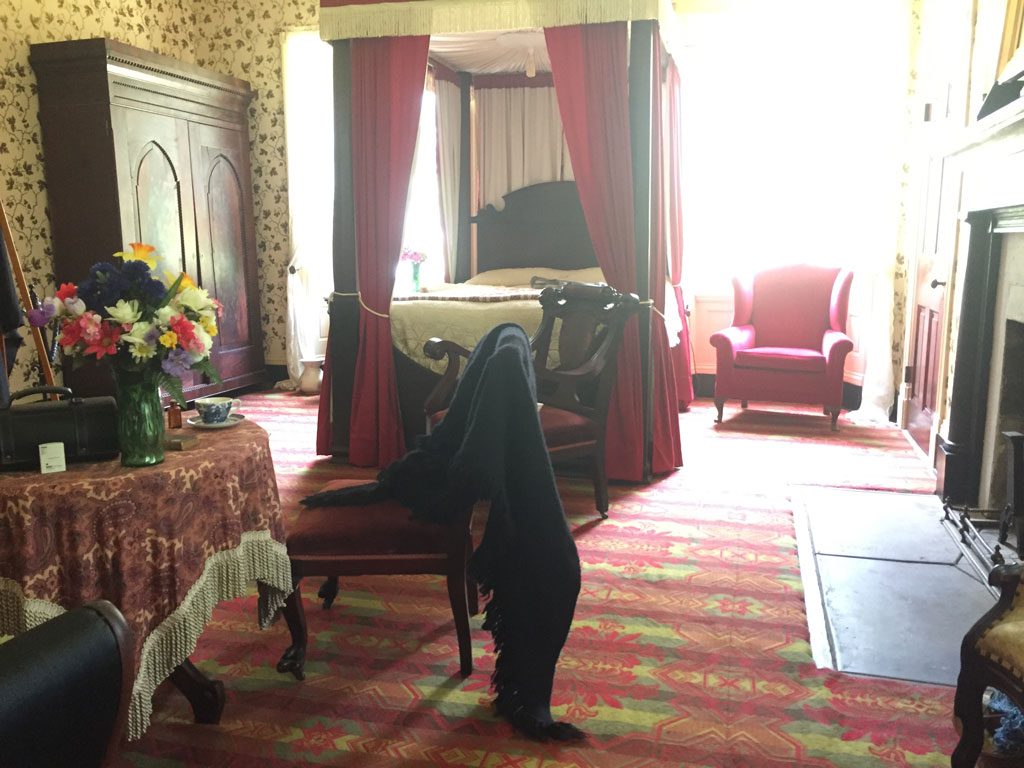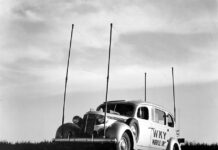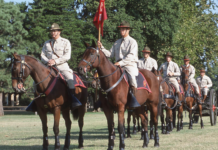
[dropcap]The[/dropcap] Trail of Tears, which included the relocation of the Cherokee people from the southeastern United States to Indian Territory, devastated this noble people. But the way the Cherokee rebuilt their nation in Indian Territory is a testament to their resilience, strength and pride. And the Murrell Home in Park Hill, near Tahlequah, stands as an example of this reconstruction.
“George Murrell was a white man who moved to Tennessee to get into the mercantile trade,” says Jennifer Frazee, historical interpreter at the George M. Murrell Home.
Murrell began his close association with the Cherokee people in Tennessee, where he came into contact, possibly through business dealings, with one of the most powerful families in the nation – Chief John Ross and his brother Lewis Ross, treasurer of the Cherokee Nation. After Murrell fell in love with and married Lewis Ross’s daughter, Minerva, his association with the tribe cemented further.
Then came the Indian Removal Act of 1830 and the Trail of Tears. For unclear reasons, but possibly due to the close-knit nature of the Ross family, Murrell accompanied his wife’s family on this trek, Frazee says.
“[Murrell] also was said to have aided Lewis and John Ross in supplying provisions for the Cherokee on the removal,” she says.


In Indian Territory, the Murrells lived on a plantation they built in Park Hill and named it Hunter’s Home. George Murrell established at least one general store in the community, but eventually moved it five miles north to Tahlequah, where the business expanded. The Cherokee also worked hard to overcome the devastation of relocation.
“They re-established their government, schools and communities and did such an excellent job that this area became known as the Athens of Indian Territory,” Frazee says.
Yet challenges remained for the Murrells. Minerva Ross died during this time and George Murrell married her sister, Amanda.
Next came the Civil War, which brought many changes. The Murrells moved away and left Hunter’s Home in the care of Ross family relatives. The home was raided several times by both Union and Confederate soldiers and briefly housed many war refugees.
“It was terribly dangerous in the Cherokee Nation during the war as old animosities from the removal era rose back up, and there was a lot of guerrilla warfare (rather than large pitched field battles), which caused an extreme amount of damage to humans, animals and property alike,” Frazee says.
The Murrells visited their home in Park Hill after the war, but never lived there again. Hunter’s Home, or the George M. Murrell Home as it is known today, remains the only antebellum plantation mansion in Oklahoma. Any others were removed or destroyed during the Civil War, according to Frazee.
The Murrell Home is well-preserved and open for tours. Visitors to the mansion during the living history demonstrations can take part in a traditional 19th-century activities such as sewing, gardening and planting, or games. In the fall, during the Antique Agricultural Festival, participants can learn and observe all the work that went into making a plantation ready for winter.
“[Visitors] are truly able to take a step back into time and see, and sometimes participate in, what everyday activity looked like in the 19th century,” Frazee says.
























